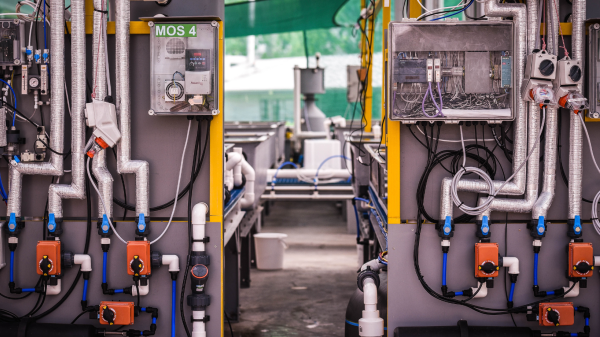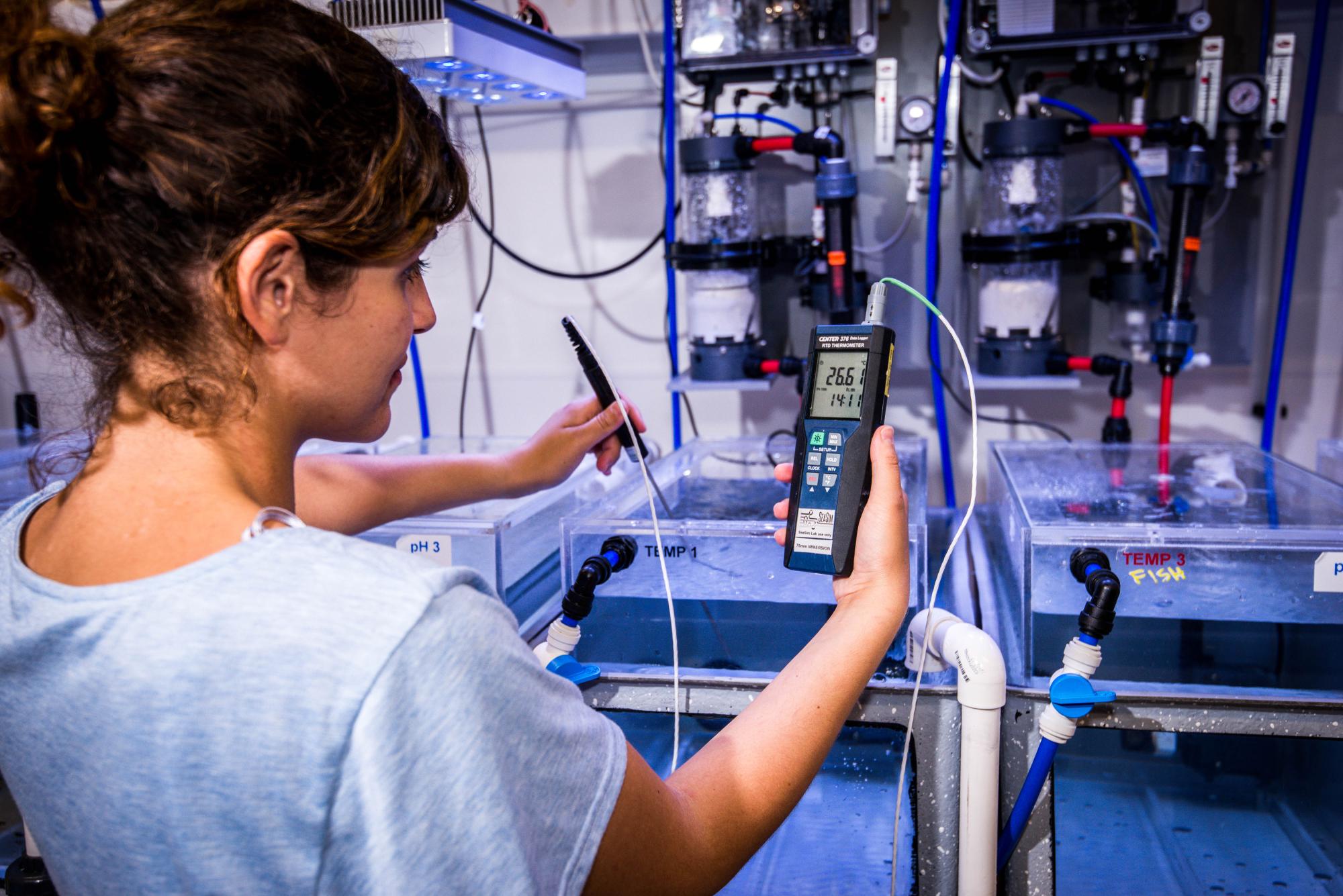Active fluorometry is a technique that allows for rapid and non-invasive evaluation of the photosynthetic performance of marine organisms (e.g., corals, seagrass and macroalgae) by measuring fluorescence emanating from Photosystem II (PSII).
Use of active fluorometry in marine ecophysiology has played a significant role in understanding the responses of benthic autotrophs to environmental change. A range of portable fluorometers exist that are broadly categorised into two methods according to how they manipulate the PSII redox state: Fast Repetition Rate (FRR) and Pulse Amplitude Modulated (PAM) fluorometry.
PAM Fluorometers at SeaSim
Incorporation of fluorescence measurements allows researchers to monitor organism physiology over the course of an experiment – either as a baseline measurement to satisfy reviewer expectations, or as a key response variable.
Click here to learn more about active flourometry and using it for your experiment.



